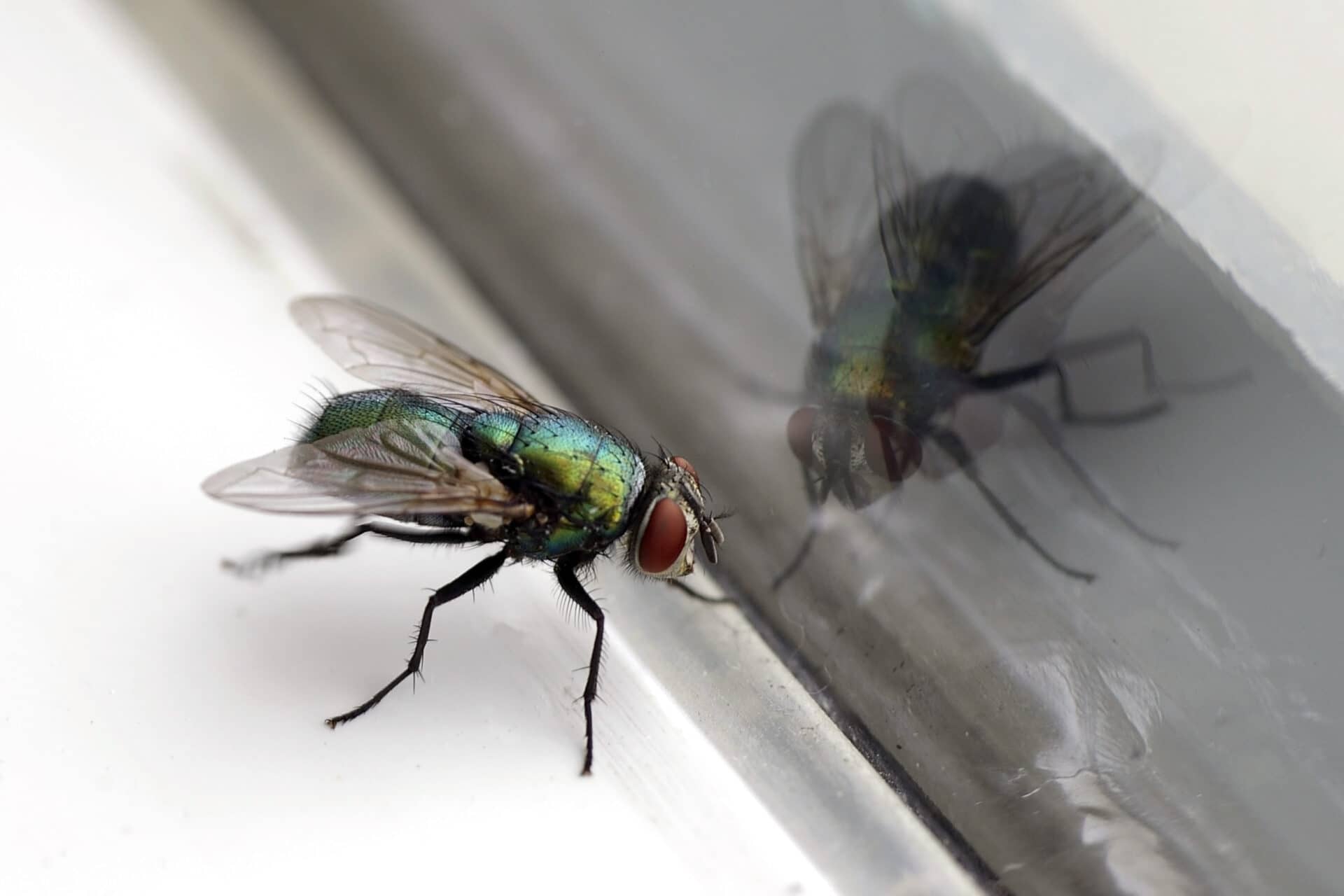We all deal with flies on an almost-daily basis. They’re no doubt one of the most irritating pests around, and can be really difficult to get rid of. The most common type of flies that we see on a regular basis are blow flies. However, fruit flies and house flies are other common offenders, found in and around homes and businesses throughout Australia.
Flies are a real nuisance pest and carry bacteria. They often spread illnesses and diseases such as typhoid, cholera, and worms. They deposit their larvae (maggots) wherever possible, particularly where there are food scraps, animal excrement, and rotting organic matter. Getting rid of flies and preventing infestations is a must for the health of your family, employees, and yourself.
At Oracle Services, we offer safe pest control services to eliminate and prevent fly infestations. We’ll also help implement an effective plan to ensure that flies don’t come back!
Exploring the Distinctive Characteristics and Habits



Consult a pest control expert for large and difficult to remove fly infestations to ensure a more effective and more hygienic removal process.
We utilise safe aerosols that eliminate flies and destroy their larvae rapidly. We always conduct these treatments in an environmentally-friendly manner.
There are a number of fly baits available for use. These baits can be placed in strategic locations, particularly near rubbish bins or problem areas.
These are small aerosol dispensers which target small spaces where flies may be gathering and laying larvae.
It’s important to regularly inspect the interior of your home or business, checking for any signs of flies in large numbers. The faster you treat the issue, the easier it will be.
Ensure your bins, both inside and outside, are sealed properly. This will prevent flies from being attracted and lured into your space.
Throwing away fruit before it starts to rot is the best way to make sure fruit flies do not appear in great numbers, especially around your fruit bowl.
If you store food on your bench or in the open, make sure it is sealed properly to prevent flies from laying larvae.
Fly screens are a must in Australia! These useful screens will keep flies and all kinds of other insects out of your home.
At Oracle Services, we know that preventing a build up of flies is always a better option than trying to get rid of them once they’ve appeared in numbers. This is exactly why expert pest inspections and quality preventative methods are essential. Our team of technicians apply all of their skills and knowledge to discover and eliminate fly infestations at home or in a commercial setting, before they become a big problem.

The first step is a thorough inspection of your home or business. We’ll take the time to identify the types of flies that are causing problems.
Once we have completed the inspection and identified the source of the flies, we’ll consult with you regarding an effective treatment.
We’ll plan the most efficient strategy to eliminate flies and prevent them from returning later on.
Our expert technicians will execute our pest control plan to maximum effect, eliminating your flies with the use of effective green treatments.
Once we’ve completed our pest control service, we will provide you with a plan to help prevent a re-infestation of flies in the future.
These are some of the most common questions we get asked about pest control for flies.